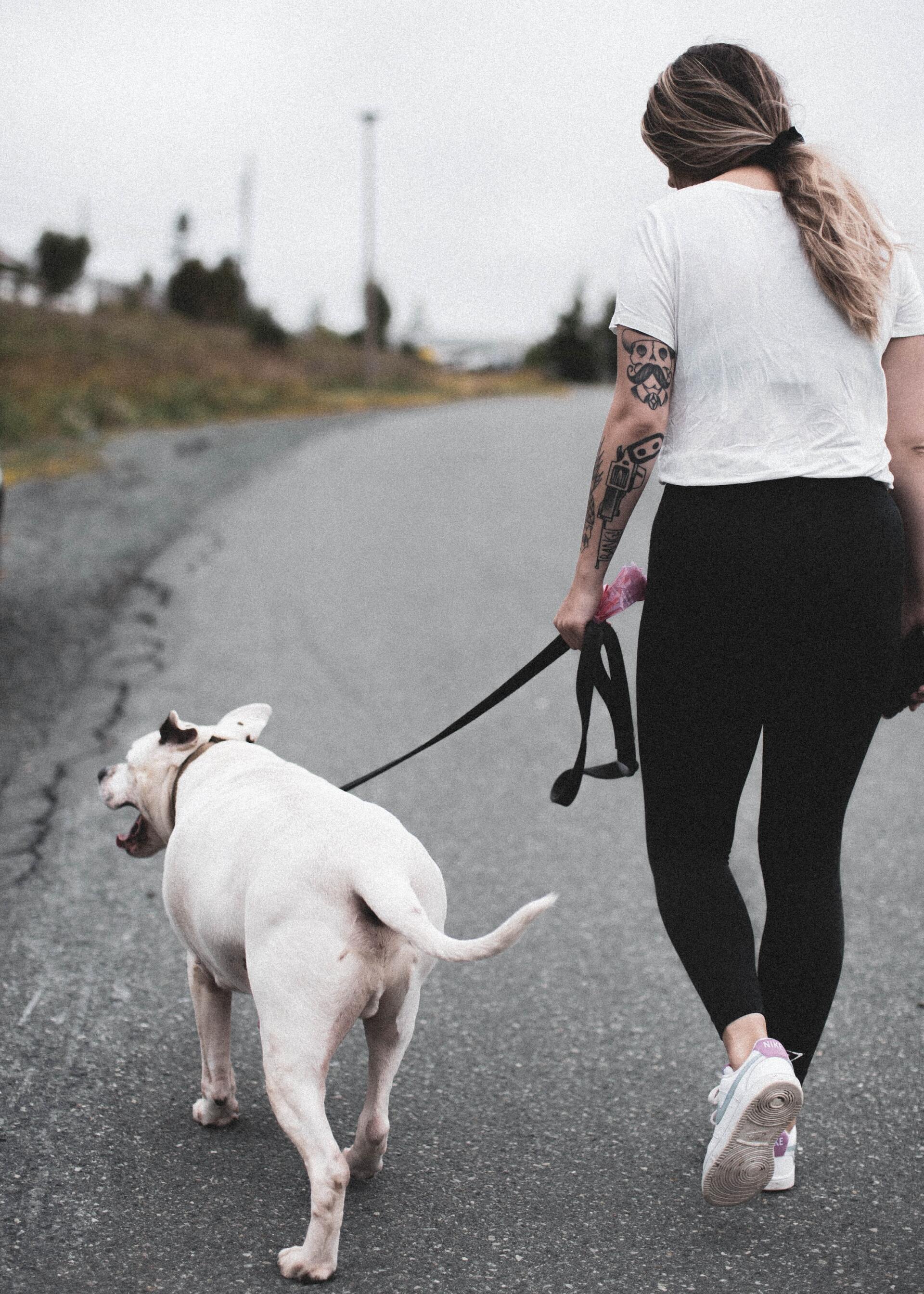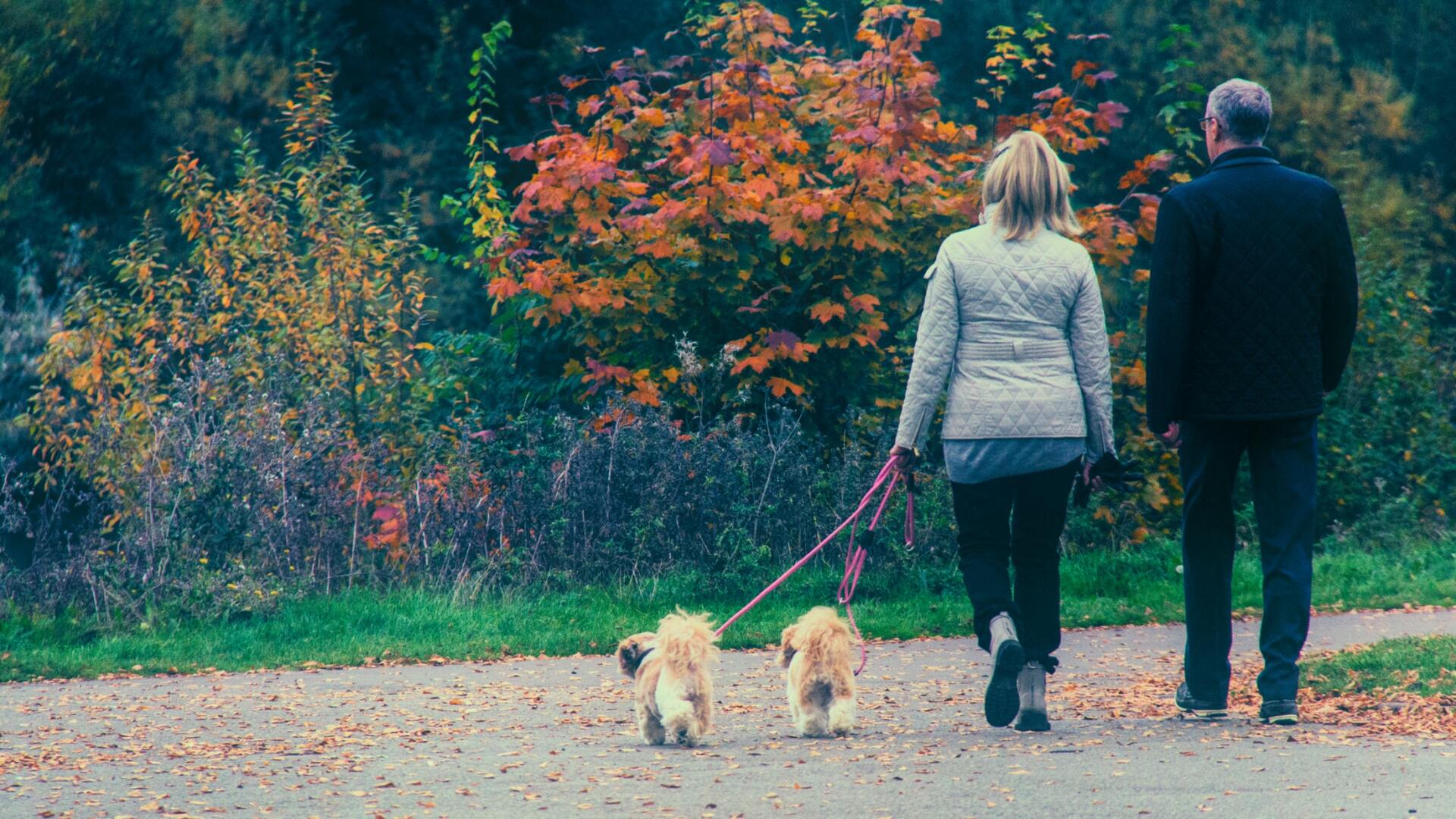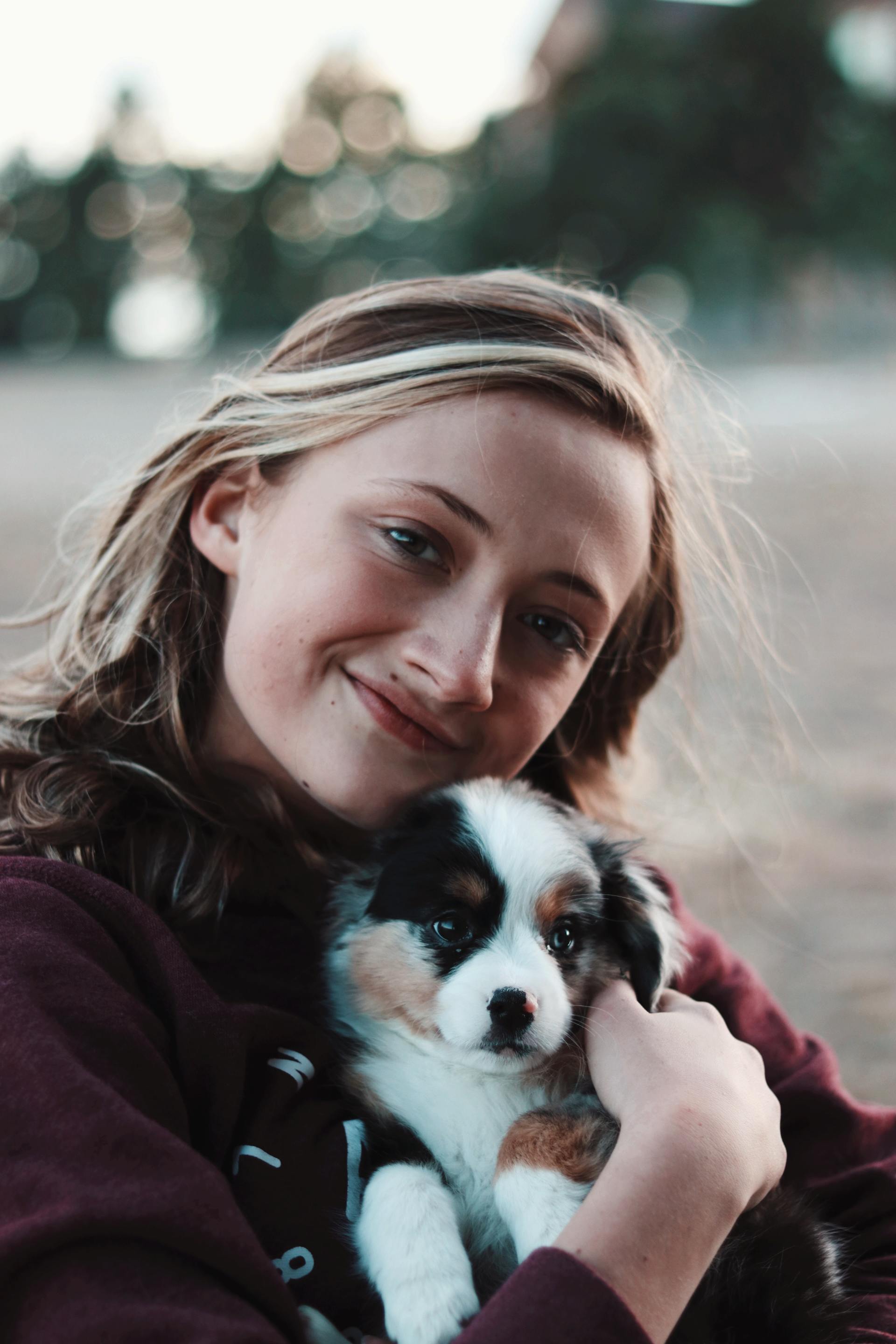Should I Crate Train My Puppy?
Should I Crate Train My Puppy?
One of the main questions we get asked is, should I crate train my puppy? What if I told you your fluffy wet nose goofy four-legged ball of joy comes from millions of years of evolution? Did you know 90% of a dog’s DNA is similar to wolves? The day we bring our puppy home, we give him or her their future. At this moment, whether we like it or not, the puppy does not have an option to say they like or do not like this family or what I like to call it is a relationship between humans and puppies.
It becomes our responsibility for them to understand our world. We owe our puppy to see our world through his or her eyes. If we truly love our new puppy, we need to know where the evolution comes from. A dog’s natural instinct in their mind is very busy every second of their life.
For example, they try to find food or water to feed themselves or try to stay safe from other predators or to find a partner to reproduce with. I’m sure you have heard dogs are pack animals. We could define “pack” as order. Naturally, dogs live in a pack where there is a hierarchy, and each dog has a job. They are required to keep a pack in order, just like us, humans.
Once our puppy becomes one of our family members, we provide all their needs for them in our house. For example, we feed them, offer them water, a shelter for safety. We naturally watch our puppies all the time to make sure they are happy, healthy, and safe. So what does this do to our puppy? We took what they know naturally, which are their jobs away from them. They no longer need to worry about safety anymore.
So what does this mean? This means our puppy's mind is not occupied at all, and they are bored. At this moment, it’s our puppy's natural instinct for their DNA to tell them they need to do something, however, there’s nothing for the puppy to do. As a result, our puppy starts chewing on our furniture, walking around the house barking, eating our shoes, and producing activities that most of us don’t like. Can we blame our puppy? Absolutely not! Our puppy does what their DNA tells him or her to do.
So the million-dollar question is there a way to change this behavior? We need to put a job and order back in his or her life. Is crate training a puppy necessary? If you crate train your puppy properly, you will accomplish many things at once. First, your puppy will learn and understand when it’s time to relax and rest. Second, when the dog is not in his or her crate, you spend time with your dog.
When your puppy is out of his or her crate, it’s essential to allow your puppy to exercise his or her mind. There is nothing that will get your puppy more tired than using their brain. A puppy who gets physical exercise and runs around may physically be exhausted at that moment. However, your puppy will never mentally exhaust themselves. Once a dog uses their mind, they have a sense of self-accomplishment, and also, your puppy will get tired very fast. Sounds like a win-win, right!?
Crate training puts order in our and the puppy’s life. It’s important to ask yourself why you brought a puppy into your home. I would say the number one answer for most would be to spend time with your new pup!
Find yourself a dog trainer to teach you exercises to mentally stimulate your puppy and to show you how to help build a relationship between you and your new pup! I’m excited for you if you already got a new puppy or if you are doing research to prepare yourself when you do bring your new puppy home. Don’t forget all of this information is great as well if you adopted an older dog.
How Long Does It Take to Crate Train a Puppy?
What does it mean to crate train a puppy? You know a puppy is crate trained when they are in a crate for a reasonable amount of time without bathroom mistakes (this time will increase as they age). Also, the puppy will show they are comfortable in the crate for an extended period without stress.
It varies how long it takes to crate train a puppy. This all depends on their whelping box experience the few weeks after birth. Are they regularly going potty outside? If the puppy is taken outside to go potty, then the puppy will want to go to the bathroom on the grass. It can be very demanding to care for a new litter, so this may not always be successfully done.
In the pet training industry, this is what we like to call the difference between clean and dirty puppies. A clean puppy will not want to go to the bathroom where they live or sleep, and a dirty puppy will go in their whelping box. If you have a puppy where they weren’t provided an early introduction to a potty routine, the puppy will go to the bathroom anywhere! The crate itself will not fix this issue.
Before you bring a puppy home, if you watch the litter of puppies when they are with their mother, a puppy’s daily cycle begins when they wake up, they go to the bathroom, then play, feed on their mom and then they go back to sleep. Once the puppy has all of his or her needs fulfilled, their body is calm. This is the puppy’s routine, and it does not matter what breed they are because all puppies have the same method. They like having a comfortable, safe space.
The dog crates help induce the calmness for the puppy to sleep because the puppy is secluded and is in a controlled environment. Any time you wake the puppy they must go outside to potty immediately. Just like us, humans, the moment we wake up in the morning, we need to go to the bathroom.
So now the puppy’s routine is to sleep in the crate, once they wake up, they go outside to potty on the grass, and now the puppy gets used to this pattern. I will tell you, and it’s no secret, dogs learn very fast! They tend to adapt to the training method provided to them by their owners.
Is there a sign your puppy is doing well or not well with crate training? There are a few ways to tell how successful your dog is with crate training. The main goal with the crate is not to teach potty training, however, it’s to train a puppy to feel comfortable and rest in the crate.
Potty training comes from the use of an established routine they can rely on. If the puppy is showing signs of comfort and relaxation, over time, this is a sign of success. To progress, you must set your dog up for success. This can be established by providing a less stimulating outside environment when they are in their crate. For example, dogs playing near the crate or children may even agitate the young puppies.
Another critical aspect of securing calmness in the crate is ensuring the puppy has had enough mental stimulation; this may not be substituted by physical exercise. Throughout the day, if they can utilize their minds, it will be a welcomed relief for the puppy to recuperate in their crate. If they are mentally stimulated, they will not want to come out of their crate. We discuss mental stimulation for both puppies and adult dogs in our blog entitled “10 Tips to Mentally Stimulate Your Dog”.
Should I Put My Dog in a Crate at Night?
Yes, absolutely! This is like creating a habit just like humans. I don’t know about you, but I love to sleep in my bed at night. Once you stay consistent, the crate becomes the dog’s sanctuary. When you bring home a puppy or adopt an adult dog before night time you want to play with your dog to get them tired so when they are placed in their crate at night, they will start to learn the crate is their resting place or if you will where they are to be calm.
It’s essential to feed your puppy or new dog in the crate; this creates a positive correlation, and they will not view it as a punishment. When you place food in the crate, be sure to close the door of the crate. Think of the dog’s crate like their bedroom. It’s not a public place, and you feel the most comfortable and safe in your bedroom.
Once you close the crate door, be sure to walk away. Even if the puppy cries a little, that’s ok. The crying will stop in a few minutes, and the puppy will go to sleep within a short time. Puppies sleep 3 to 4 times a day. Go back to the crate in about 1 to 2 hours and take the puppy directly outside. Don’t wait for the puppy to wake up, it won’t likely leave you enough time to get them out, and it helps to solidify the routine when done throughout each day and night.
How Long Can You Leave an 8 Week Old Puppy in a Crate?
With puppies, you will have to put in the hard work by taking a series of small steps. You will have to get up in the night to take care of them. Before you know it, within 1 to 2 weeks, the puppy will be able to sleep throughout the night for about 8 hours. The puppy will see that it is time to rest, and it is not play time.
If the dog cries, do not go to the dog. The moment you do this, you will teach the dog if they cry, you will show that crying will get him or her out of the crate. The best response is no response. If you are sticking with a potty routine, you won’t have to worry about mistakes when ignoring the cry. You will never be able to stop the crying once you start this habit on the first nights of having your puppy at home.
If you are dealing with a puppy or an adult dog with separation anxiety creating calmness in the crate may be more difficult.
If you play a tv or radio while they are in the crate this can help your dog. If you have an adult dog or puppy, you may need to start with short sessions, such as 10 to 15 minutes. Trying the training for a shorter time period can help in the beginning. Then let them out and play with them, get them tired and return them to the crate. If your dog is hesitant to go into their crate, it’s best to lure them with small food treats, such as peanut butter.
If you are concerned about your new family member while you’re away, you may be able to have a camera on the dog. However, if they are crying, be sure to wait and don’t cave in. If the dog is severely affected by separation anxiety, please seek out an expert for help to get advice on how to use the dog's crate in the most effective way.
Is it Okay Not to Crate Train a Puppy?
Of course, you have the option not to crate train your dog. However, remember at that moment you make this decision your puppy will potty throughout the house and will also have accidents when they destroy items within your home. You need to decide how much you want to sacrifice while teaching your four-legged friend good behavior. Many people use crates as a training tool for their canine companions.
Some people may believe a crate is too small for their dog. Have you seen how much space a dog needs to sleep? They either curl up in a ball or lay on their side in a safe area. (much like a teenager or college student sleeping in a twin size bed). Never feel guilty of buying just enough space for your dog to sleep to determine the size of your puppy’s crate.
If the dog learns the crate is his or her sanctuary, your puppy or adult dog will also feel much safer sleeping in the crate with a dog bed than sleeping in the open. We as humans can feel bad placing a dog in the crate or see it as punishment; however, think about if you feel safer in the middle of downtown at night or inside your home? Remember, dogs are much smaller than us and don’t see the environment as we do. They see a crate like their home and often go into it on their own choice.
There are alternative methods people use, such as a place board or mat, which is a rectangle lifted an inch or two from the ground. The board/mat is often accompanied by the command “place” to differentiate from the crate or other locations in the home. I would not use this as an alternative method because then the dog may not feel safe and has the opportunity to stay or leave their place.
A crate leaves no option for the dog and will teach them to lay down and relax. Crate training is highly recommended over any other method. In my entire career, I have worked with many dogs. When they relax, they have changed their attitude, and it will ease a dog’s mind. Dogs have a better perspective when living within the household when there is a crate. It’s a place they know they don’t have to worry. You can use it in a humane way to help with the training process and to get your pup to follow house rules.



